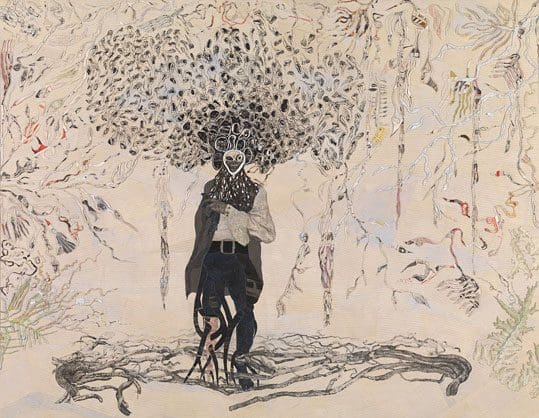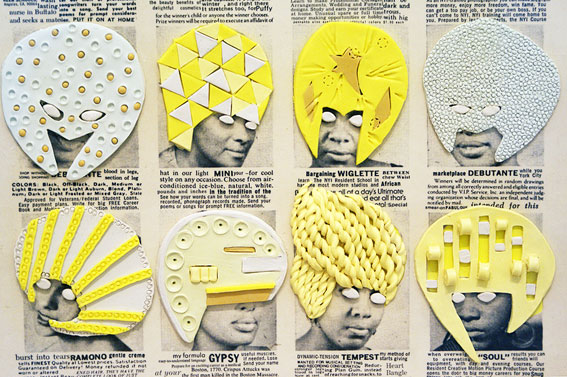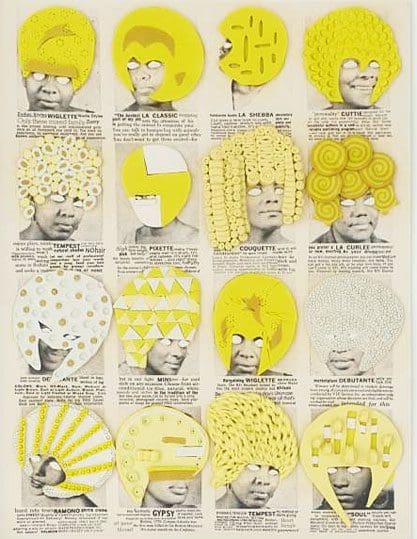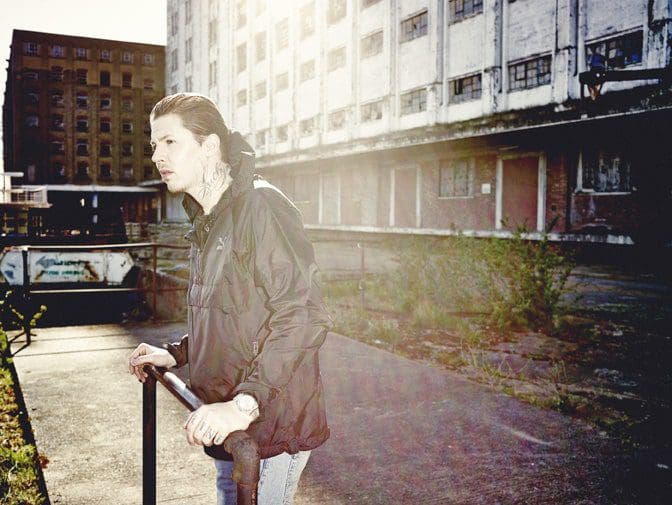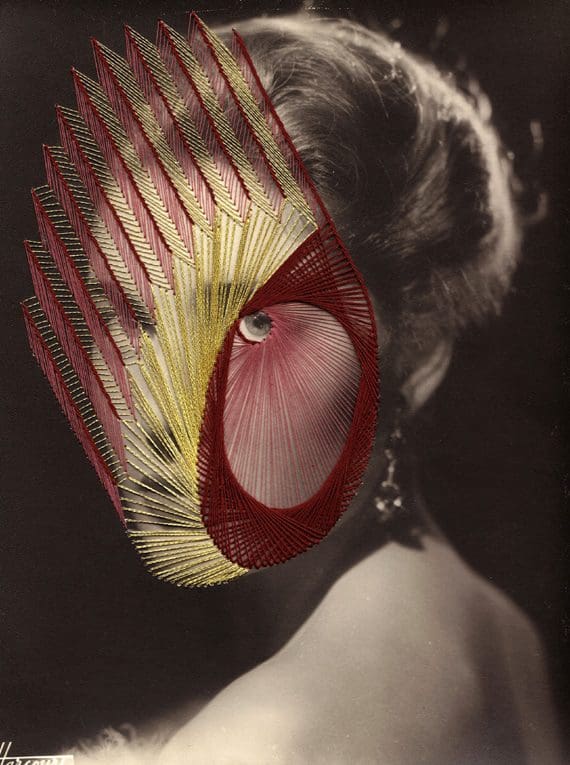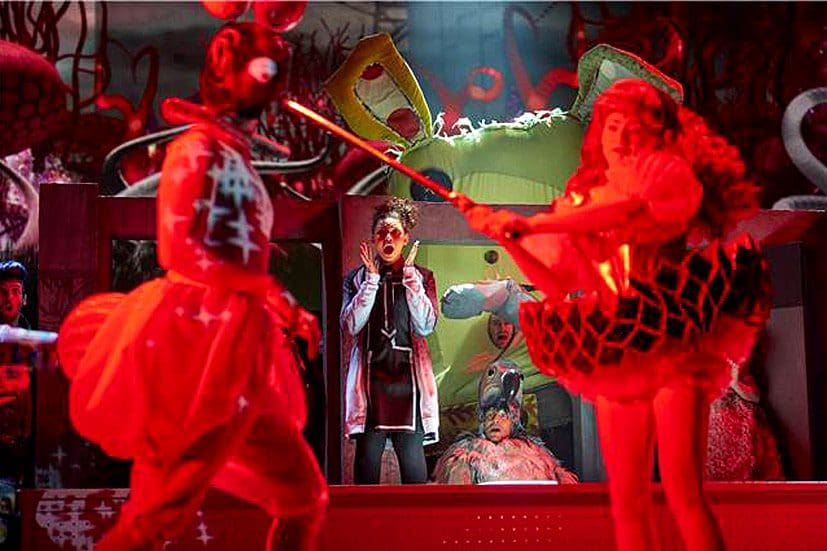There is one truth in Ellen Gallagher exhibition at the Tate: a meme will dislodge you from who you are and plant you into the tableau of the epistemic artistry that is advertising.
The rest is myth and, of course, falsehoods of who you are meant to be, lurking somewhere in the organic undergrowth. And with the constant repetition of form and idea, you sort of start to Gallagher’s point.
Odalisque is the first piece that you encounter, a rehash of Man Ray’s 1928 portrait of ‘Henri Matisse and a model’. Matisse is replaced by Freud and the model by Gallagher herself. Gallagher looks out of the portrait whereas Freud’s head is bowed in his work. There’s an evident inverting of dominant ideas about gender and race of early C20 modernity. In seeking to subvert, Odalisque is also the most incongruous piece of the exhibition, the remainder mimics lack of agency and the hubris of believing in self-assertive fashions.
By the time you’ve come to the sonic Superboo, you’ll think you are walking through Fanon’s Black Skin, White Masks1 to a kung-Fu soundtrack. The grainy and jagged images of Bruce Lee and Jim Kelly repeat in insistent jouissance: black body, oriental body, muscular body, sexual prowess.
Then there are the ‘yellow paintings’ – an arrangement of images, typically headshots, of adverts from the black lifestyle magazine Ebony. Wigs and hairstyles have been replaced by yellow plasticine. In Gallagher’s words: ‘The wig ladies are fugitives, conscripts from another time and place, liberated from the ‘race’ magazines of the past.’ Although there’s a hint joviality in her approach, the harrowing message of a loss of identity is all encompassing, and draining – few will engross themselves in this exhibition and not feel tired at the end.
Underlying this assertive political and cultural message, is the organic. The hair, which although under plastic, is to grow back; and of course The Morphia series, tender watercolour and ink abstracts of an underwater world. In this section, Gallagher paints in a looser style and with obvious fascination. Life. Under. Water. Here she finds freedom from the language that intersects space, ordering and rearranging it as it does so. Away from the modern impulse and tabula, that according to Foucault, ‘enables thought to operate upon the entities of our world, to put them in order, to divide them into classes, to group them according to names that designate their similarities and differences…’2
In this way, Ellen Gallagher’s exhibition reaches out of the earlier part of the exhibition which engages in a particular period and racial settings to mount a critique of pop culture in general. Gallagher seems to find hope and renewal in the tentacles of jellyfish and hair freed of fashionable imperatives.
For more information on the show click here
words Ramis Cizer


